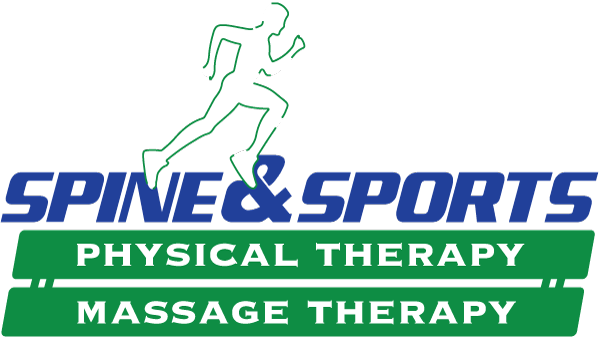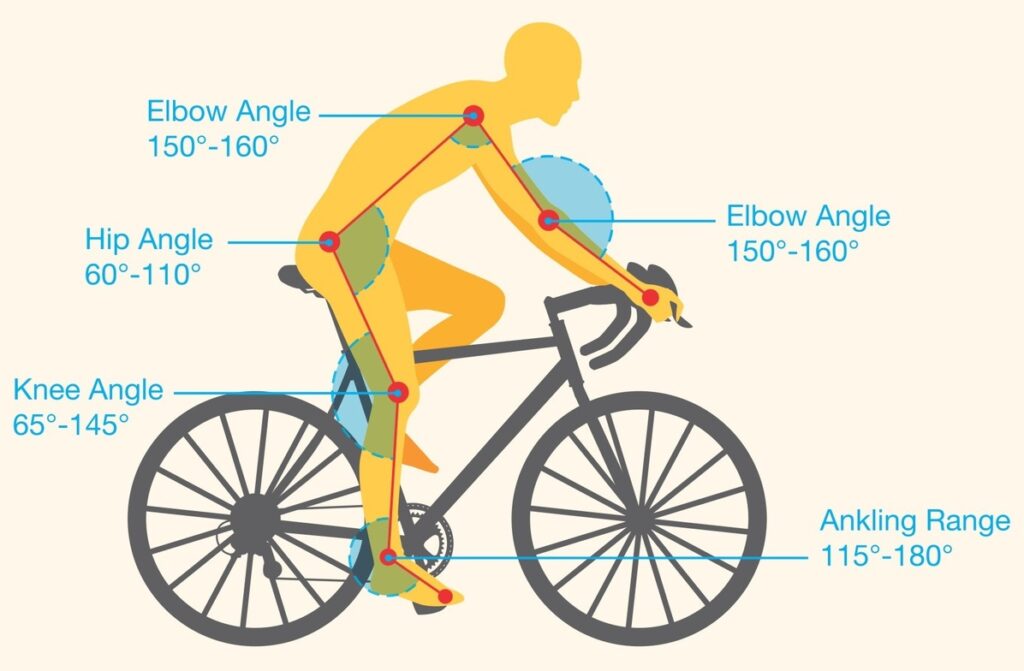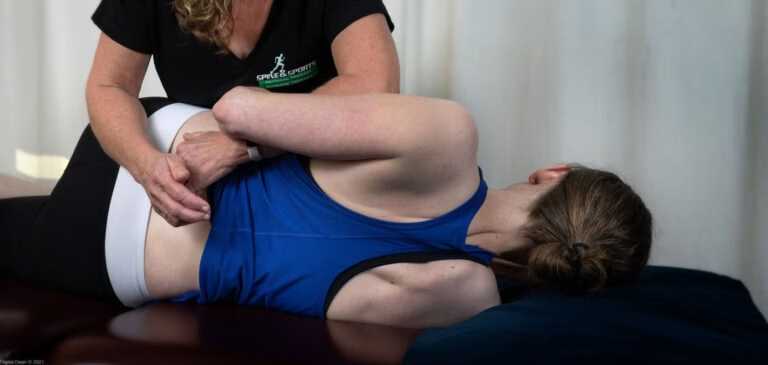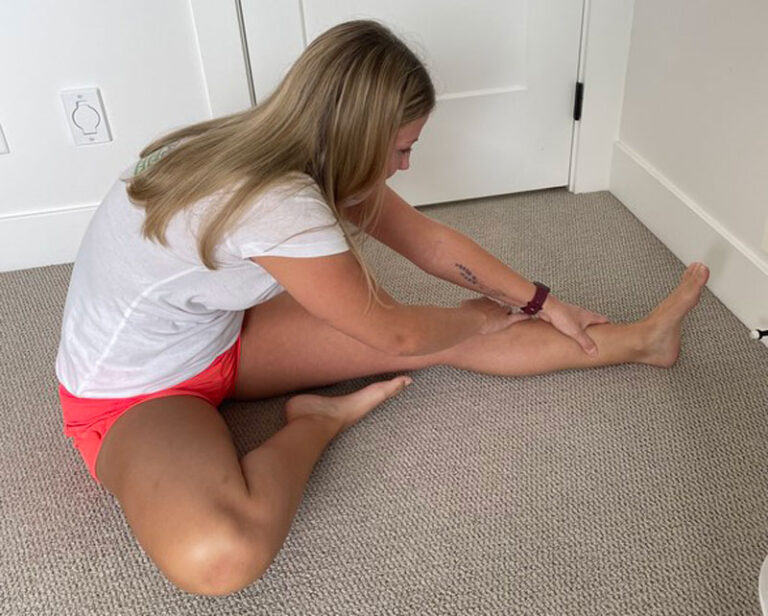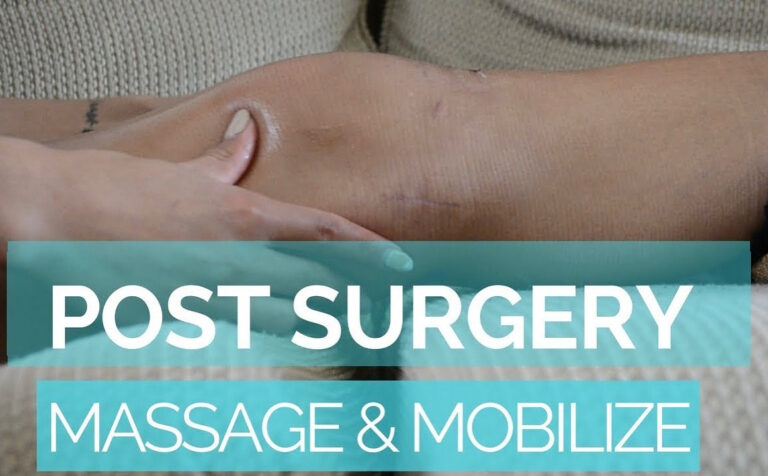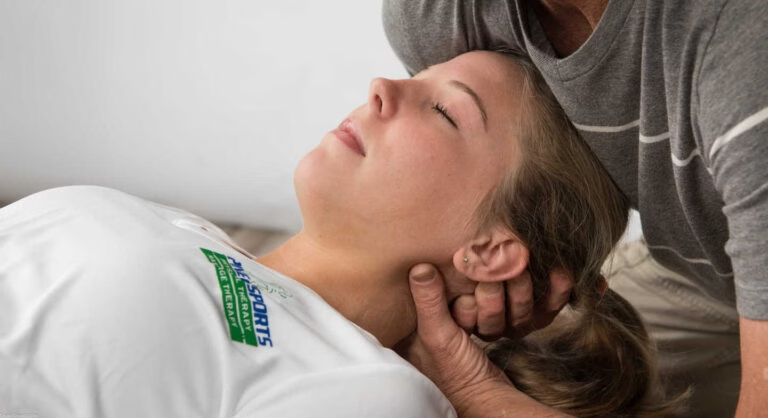Ideal bike fit positioning
In the early 1900s cycling was one of the more popular ways to get around town. With gas prices soaring we may see more of that! In addition to using the bike as a recreational mode of transportation, it is an extremely efficient way to keep in shape and improve cardiovascular fitness.
One big perk to taking up cycling is that it is non-weight bearing. There is no pounding the joints of the body. However, injuries still occur. Whether you are riding to the corner store, doing triathlons or cycling across the country, you should be comfortable on your bike. If you have neck, back or knee pain, butt sores or hand/ foot numbness, your bike probably doesn’t fit you properly. Knee pain is the most common cycling overuse injury. The dreaded iliotibial band is the most talked about bike injury, and is annoying, persistent and tough to work through unless you deal with the whole problem. Symptoms are swelling and pain on the outside of the knee. There is more than meets the eye with this one. Get evaluated by a good professional.
Another knee pain can arise from having a seat that is to low or too far forward. This may cause pain in the knee cap area. Pain in the back of the knee (hamstrings) may be caused by a seat that is too high or too far back. Some shoes that limit side-to-side motion (example: cleats) can cause knee pain if the knees or feet or pedals are misaligned. Training errors are also a factor here. Riding in too high a gear, too far uphill or standing on the pedals all may aggravate the knee.
Improper pedaling, seat height, or overtraining can inflame the Achilles tendon. Irritation and swelling of the tendon that attaches to the back of the heel bone is end result. Often a seat that is too high or a cleat that is to far forward is all that needs to be addressed to remedy the problem. Foot numbness burning or sharp shooting pain into the toes is common in cyclists.
The nerve, usually between the second and third toe, can become pinched and swelling of the nerve results. Wider shoes or loosening the straps or laces can alleviate this problem. If the problem persists, try a clip-less system. Poor hand position, improperly rotated handle bars and brake lever position can cause hand numbness, tingling and pain. Poor padding on the handle bars and not wearing gloves may also contribute to hand problems. When looking at the bike, check tilt of seat. A downward tilted seat can produce excessive weight on the front of the bike. The hands and wrists bear this load and they are not designed to withstand this kind of pressure. Often the nerve feels the load of this.
Low back pain is usually caused by a reach to the handlebars that is too long or too low. A short reach can also irritate the back. Side-to-side rocking from a seat that is too high or if you have a leg length discrepancy may also lead to a sore back. Hyperextension of the neck from an improper bike set-up will compress neck joints or nerves and a stiff, sore neck results. Maybe even nerve pain into the arm and fingers. A reach that is too short can cause neck hypertension or a seat that is tilted with the nose down .
Most of us get a sore butt for the first few times out. Obviously a poorly padded seat can cause saddle issues. Seat tilt can as well. As a rule, the seat should be level, but some riders prefer a slight downward tilt at the front for comfort. A narrow seat may also cause discomfort for your sit bones. Excessive rocking from a seat that is too high will create too much friction and movement and can cause saddle soreness. Shop around for a seat suited for your bottom.
Cycling should be an enjoyable experience, not a painful one. If you are experiencing any of the above-mentioned aches and pains get on it right away. These are warning symptoms that something needs to be fixed. If you tend to your body’s messages quickly, you will recover quickly.
